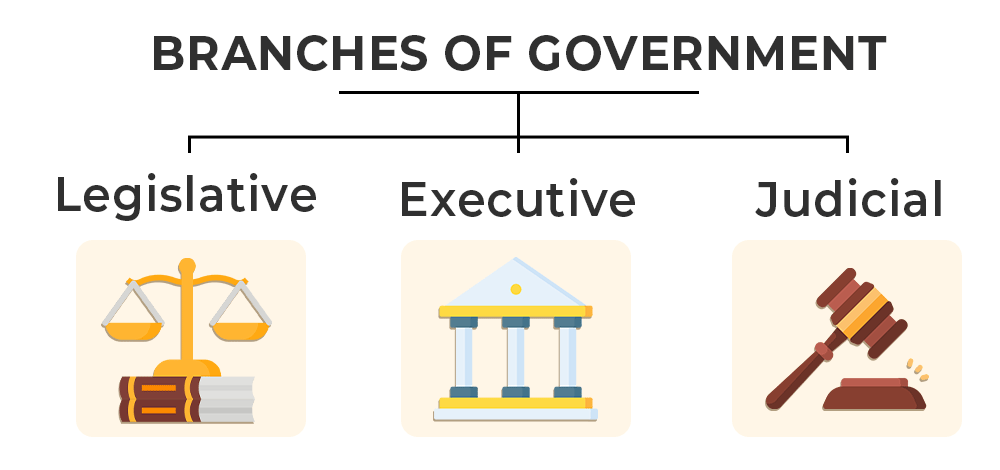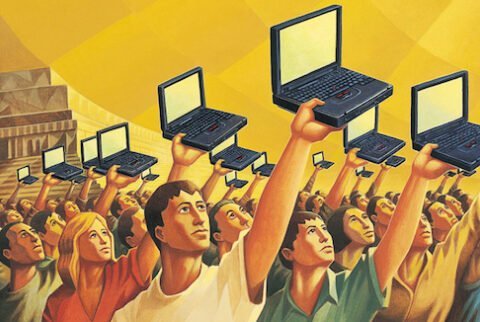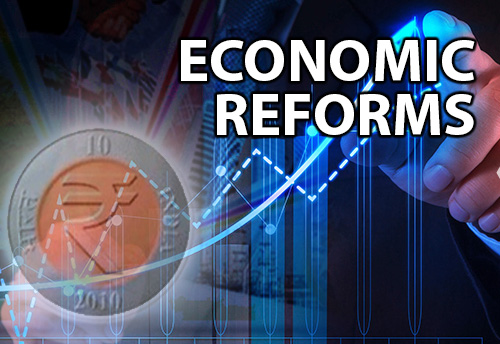Mubashir Nadeem
The concept of a true democracy has eluded Pakistan since its inception. While elections are held and politicians hold office, the true power often lies with the entrenched bureaucracy, creating a complex and sometimes contentious relationship that shapes the nation’s political landscape.
Bureaucratic Roots:
Pakistan’s initial foundation was built upon the existing bureaucratic system inherited from the British Raj. The newly formed state lacked experienced politicians, leading to bureaucrats filling key positions, including the Governor-General and Prime Minister. This reliance on bureaucracy led to the delay of the first general elections, allowing them to consolidate their power and influence.
Bureaucracy’s Tactics:
The analysis highlights various tactics employed by bureaucrats to maintain their control over the political scene:
- Direct control: Holding key positions like Governor-General and Prime Minister allowed bureaucrats to directly influence policy and decision-making.
- Policy manipulation: Policies like “One Unit” and the declaration of Urdu as the national language aimed to strengthen bureaucratic control and limit political dissent.
- Creating hurdles for politicians: Bureaucrats often employed tactics to hinder the efforts of elected officials, challenging their legitimacy and slowing down their progress.
Recurring Cycles of Conflict:
The history of Pakistan is marked by recurring cycles of conflict between elected officials and the entrenched bureaucracy. Bhutto’s rise to power and his subsequent struggles against the “establishment” exemplify this conflict. Similarly, Prime Minister Junejo’s clash with President Zia-ul-Haq highlights the tension between the two entities.
Hybrid Regime and Khan’s Era:
Following Zia’s death, Pakistan entered a period of “hybrid regime,” where politicians held the public face of power, but bureaucrats continued to wield significant influence behind the scenes. Khan’s rise to power marked a period of defiance against this established system, but his rigid attitude and disregard for the bureaucracy ultimately led to his downfall.
Current Challenges and Future Prospects:
The current interim government is criticized for prioritizing self-preservation over addressing public concerns. The analysis argues that a democratically elected government, even if partially selected, allows for greater public voice and accountability compared to technocratic or interim governments.
Rebuilding the Relationship:
The author emphasizes the need for cooperation and a balanced relationship between the “heart” (bureaucracy) and the “face” (politicians) for a functional and stable democracy. They argue that rebuilding trust and collaboration is crucial for Pakistan’s long-term democratic development.
Please, subscribe to the YouTube channel of republicpolicy.com
Critical Analysis:
While the analysis provides valuable insights into the complex dynamics between democracy and bureaucracy in Pakistan, it focuses primarily on the negative aspects of bureaucratic influence. It would benefit from acknowledging the potential contributions bureaucrats have made to stability and governance. Additionally, advocating for a purely elected government might not be realistic or practical given Pakistan’s historical and political context.
Further Considerations:
A deeper exploration of specific policies implemented by bureaucrats and their long-term impact on the nation would strengthen the analysis. Additionally, examining the role of external factors like international pressure or military influence would provide a more comprehensive understanding of the power dynamics at play. Finally, considering potential solutions beyond simply advocating for a purely elected government, such as reforms within the bureaucratic system itself, could offer a more practical and sustainable path towards a more stable and democratic Pakistan.
Please, subscribe to the monthly magazines of republicpolicy.com

















